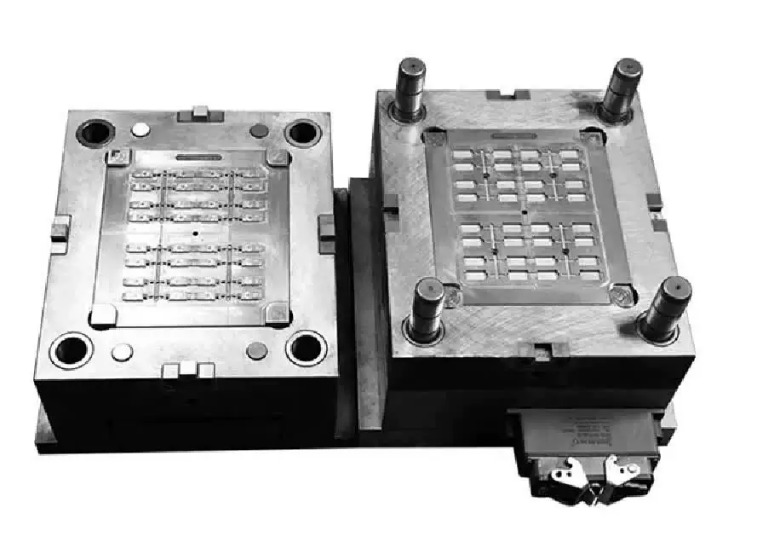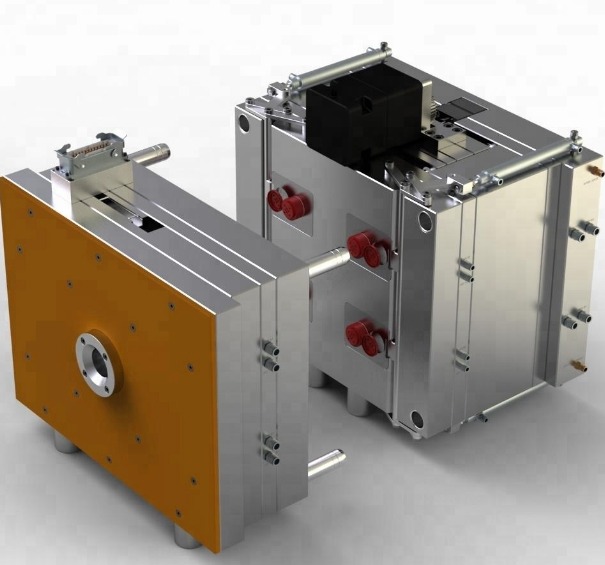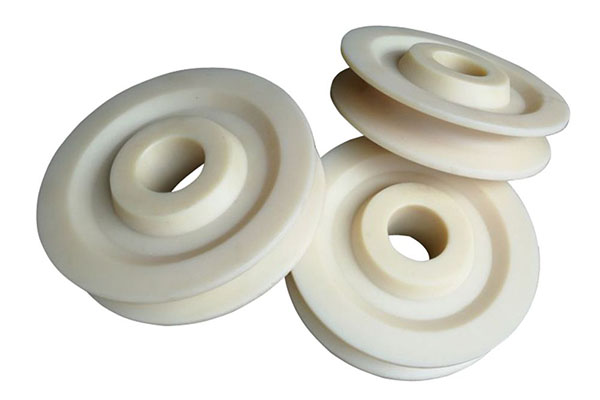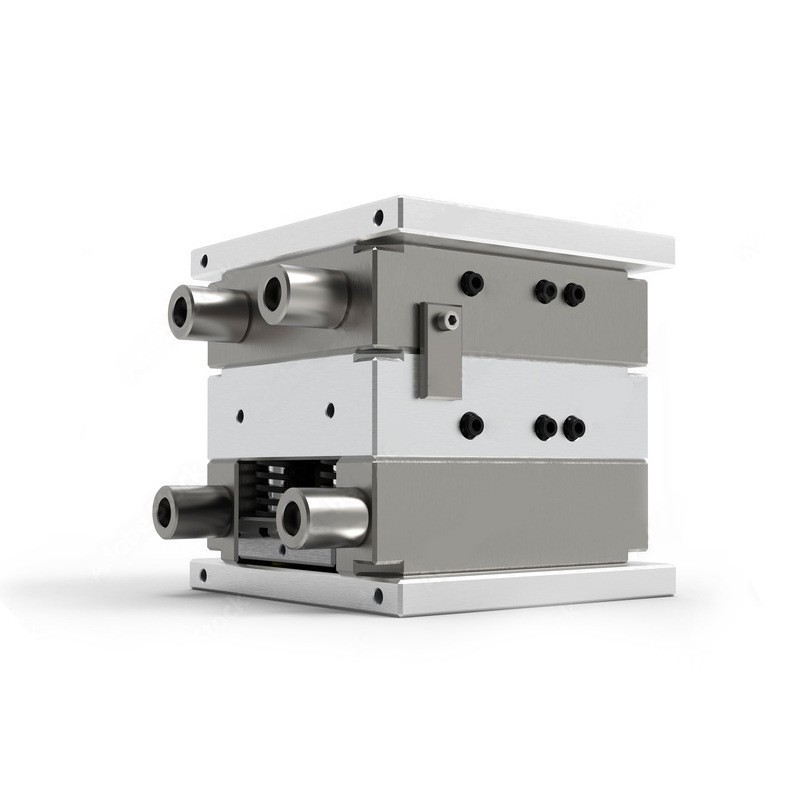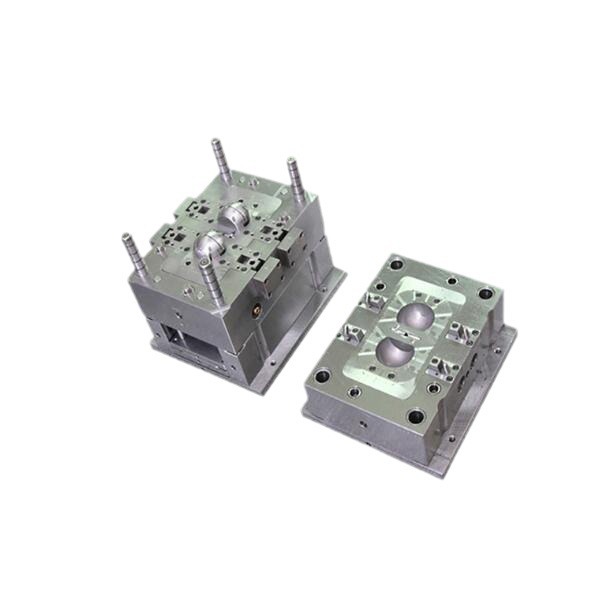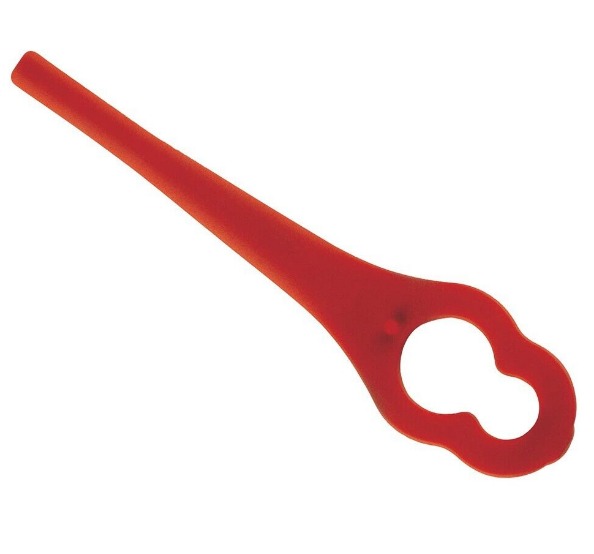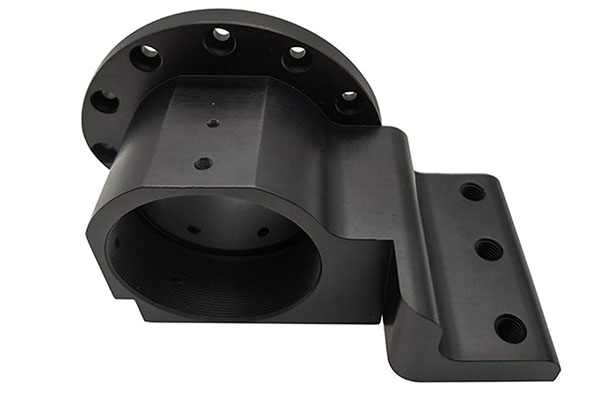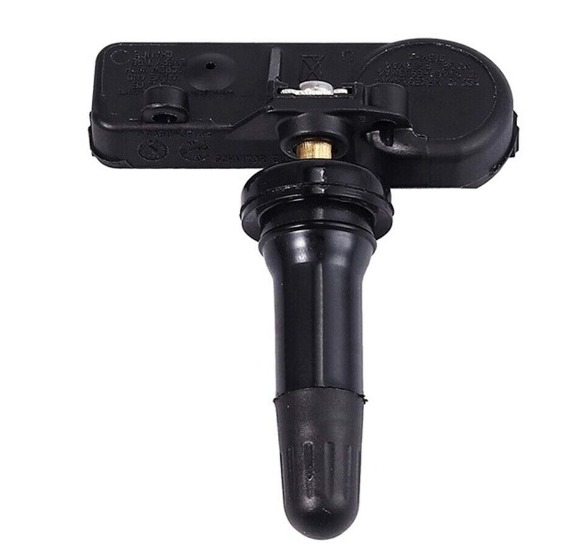Introduction to Injection Moulding Process
Injection moulding is a widely used manufacturing process for producing plastic parts. It involves heating plastic granules until they melt into a viscous liquid state. This molten plastic is then forcefully injected under high pressure into a precisely designed metal mould cavity. Once inside the mould, the plastic takes on the shape of the cavity. As it cools down, the plastic solidifies, and the final product, a plastic part with the desired shape and dimensions, is formed. This process is highly efficient and suitable for mass - production, capable of creating complex shapes with high precision.
The injection moulding process has a long history and has evolved significantly over the years. From its early days when it was mainly used for simple plastic products, it has now become an essential manufacturing method in various industries, such as automotive, electronics, consumer goods, and medical. It offers numerous advantages, including high production speed, the ability to produce parts with consistent quality, and relatively low production costs when produced in large quantities.
Given the wide - ranging applications and importance of injection moulding, there are several different types of injection moulding processes, each with its own characteristics, advantages, and suitable applications. In the following sections, we will explore these different types in detail to help you better understand which process might be the best fit for your specific manufacturing needs.
Types of Injection Moulding Process
Conventional Injection Moulding
Conventional injection moulding is the most basic and widely used type of injection moulding process. In this process, plastic granules are first fed into a heated barrel. Inside the barrel, a screw rotates to convey and melt the plastic granules. The heat from the barrel and the frictional heat generated by the screw's rotation raise the temperature of the plastic to its melting point, turning it into a viscous molten state.
Once the plastic is fully melted, the screw moves forward, pushing the molten plastic under high pressure through a nozzle and into a closed metal mould cavity. The mould cavity has been precisely designed to the shape of the desired final product. After the cavity is filled with the molten plastic, it is held under pressure for a short period to ensure that the plastic takes on the exact shape of the cavity and any shrinkage during cooling is compensated for. As the plastic cools down, it solidifies within the mould. Finally, the mould opens, and the finished plastic part is ejected.
Compared with other types, conventional injection moulding is cost - effective for mass production. It has a relatively short cycle time, which means high production efficiency. For example, in the production of small plastic toys, conventional injection moulding can produce hundreds or even thousands of parts per hour. However, it may have limitations in producing complex - shaped parts with thick and thin walls in a single piece, as it can lead to issues like warping and sink marks due to uneven cooling.
Gas - Assisted Injection Moulding
Gas - assisted injection moulding is a more advanced process that has gained popularity in recent years. In this process, after injecting a partial amount of molten plastic into the mould cavity, a high - pressure inert gas, usually nitrogen, is introduced into the molten plastic. The gas travels through the molten plastic, creating hollow channels within the part.
One of the significant advantages of gas - assisted injection moulding is its ability to reduce part warping. Since the gas exerts a uniform pressure on the inner surface of the plastic part during the cooling process, it helps to minimize internal stresses that cause warping. For example, in the production of large - scale plastic furniture parts like table tops or chair seats, warping can be a common problem in conventional injection moulding. With gas - assisted injection moulding, these parts can be produced with significantly reduced warping, ensuring better dimensional stability.
It also enhances the strength of the product. The hollow channels created by the gas can act as internal reinforcements, similar to the structure of a hollow tube being stronger than a solid rod of the same material and weight. This makes it suitable for applications where strength - to - weight ratio is important, such as in the automotive industry. For instance, car door panels produced using gas - assisted injection moulding are lighter yet still maintain sufficient strength.
A real - world application example is in the production of laptop housings. Laptop manufacturers often require parts that are both lightweight for portability and strong enough to protect the internal components. Gas - assisted injection moulding allows them to create housings with hollow sections in non - critical areas, reducing the weight of the laptop while maintaining its structural integrity.
Liquid Injection Moulding
Liquid injection moulding is specifically designed for materials that are in a liquid state before curing, such as liquid silicone rubber (LSR). The process begins with the precise metering and mixing of the liquid components. These components are then injected into a heated mould cavity. Once inside the mould, the liquid material cures under heat, taking on the shape of the mould cavity.
Liquid injection moulding is highly valued in the medical and electronic industries. In the medical field, it is used to produce components such as medical tubing, catheters, and seals. These products require high precision and biocompatibility. LSR used in liquid injection moulding meets these requirements, and the process can produce parts with tight tolerances, ensuring the proper functionality of medical devices. For example, the production of micro - catheters for minimally invasive surgeries demands extreme precision, and liquid injection moulding can achieve the required dimensions accurately.
In the electronics industry, it is used to create components like keypads for mobile devices and seals for electronic enclosures. The ability of liquid injection moulding to produce complex shapes with high precision makes it ideal for these applications. It can create fine - detailed features on keypads, such as the tactile feedback - providing domes, and also produce high - quality seals that protect electronic components from dust and moisture.
Insert Moulding
Insert moulding involves placing a pre - formed insert, such as a metal part, into the mould cavity before the injection of the plastic. The molten plastic is then injected around the insert, bonding with it as it cools and solidifies. This results in a composite part that combines the properties of both the insert and the plastic.
| Injection Moulding Type | Cost (per part, relative) | Precision (mm tolerance) | Production Cycle (average time per part) |
| Conventional | Low - medium | ±0.1 - ±0.3 | 10 - 60 seconds |
| Gas - Assisted | Medium | ±0.05 - ±0.15 | 15 - 80 seconds |
| Liquid Injection | Medium - high | ±0.01 - ±0.05 | 20 - 120 seconds |
| Insert Moulding | High | ±0.03 - ±0.1 | 15 - 90 seconds |
Insert moulding is often used in products where the combination of metal and plastic properties is required. For example, in the production of electrical connectors, metal inserts are used to ensure good electrical conductivity, while the plastic provides insulation and mechanical support. The insert moulding process ensures a strong bond between the metal and the plastic, resulting in a reliable and durable product. Another example is in the manufacturing of automotive components like door handles. The metal insert provides strength and durability, while the plastic outer layer offers a comfortable grip and can be easily coloured or textured to match the interior design of the vehicle.
Yigu Technology's Perspective
As a non - standard plastic metal products custom supplier, Yigu Technology has extensive experience in the selection and application of different injection moulding processes. We understand that each customer's needs are unique, whether it's the requirement for a specific material combination in insert moulding or the pursuit of high - precision and biocompatible products in liquid injection moulding.
For us, the key is to first deeply analyze the customer's product design, performance requirements, and production volume. Based on this analysis, we can recommend the most suitable injection moulding process. For example, when a customer needs lightweight yet strong products, we might suggest gas - assisted injection moulding. We have the technical capabilities and equipment to ensure that the selected process is implemented accurately, providing customers with high - quality custom - made products that meet their exact specifications.
